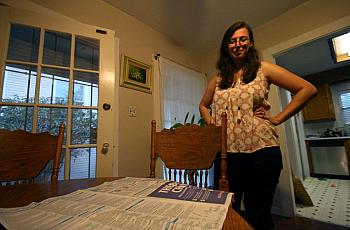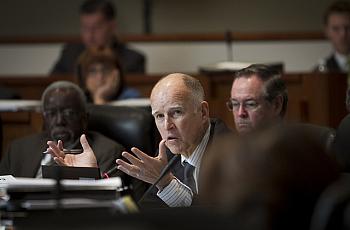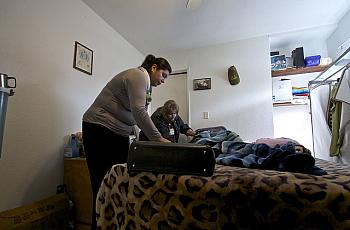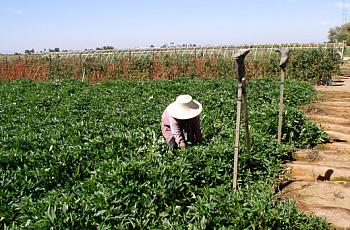
Pauline Bartolone
News & Features Editor

News & Features Editor
Pauline Bartolone is news and features editor for Capital Public Radio. Prevously, she was a radio and print journalist for almost 20 years, most recently covering state health policy from California’s capital. Previously, Pauline wokred for California Healthline, CALmatters and Capital Public Radio, where she covered health care, water and other key policy issues for the last four years. During that time, she also was a frequent contributor to National Public Radio and Kaiser Health News. Pauline has won three regional Edward R. Murrow awards, national recognition from the Society of Professional Journalists, and a first place prize from the Association of Health Care Journalists. Pauline has also freelanced from throughout Latin America, where her coverage of climate change in the Ecuadorian Andes co-won a 2006 George Polk award in radio. Pauline holds a BA in media and cultural studies from Goddard College and an MJ in new media from the University of California, Berkeley’s School of Journalism.

California's Prop 61 faces strong opposition from the pharmaceutical industry, which has poured at least $109 million into defeating it.

The secretive world of pharmaceutical pricing is mired in opacity. To investigate how pricey drugs are impacting California’s budget, reporter Pauline Bartolone found she had to be creative, flexible and persistent in her data sleuthing.

What looks like a straightforward framework to protect California’s budget from escalating drug costs has policy experts perplexed, and potential allies on the sidelines.

Despite recent cost-cutting measures, California’s spending on pharmaceuticals has gone up, and so has the number of pricey drugs it is covering. It’s not clear state agencies have the means to balance drug cost pressures with the best interests of patients, taxpayers and public health.

The specialty drug Orkambi, for cystic fibrosis, has a sticker price of $259,000 per year. What's driving these astronomical costs for specialty drugs? And can California's budget cope?

“Dollars that were intended for a wide array of medical services started being gobbled up by just one drug,” said Charles Bacchi, president of an industry trade group.

An unlikely coalition of health insurers, labor and consumer advocates are pushing for controls on high-cost drugs in the nation's most populous state. “California is truly ground zero for this fight,” one advocate said. “It is clear Congress as a whole is not going to take meaningful action."

California says the expense of new hep C drugs has nothing to do with who is prescribed them. But the question lingers: With some 200,000 people living with hep C in Medi-Cal, how much of a factor is cost in determining which patients receive treatment?

<div style="width: 600px;"><p>When I left for a week of reporting in rural California in late February, I didn't know I would come back with two stories about the devastating health consequences of isolation.</p><p>I'm not just talking about the geographic isolation one finds in a remote area. From the hilly evergreen landscape of eastern Shasta County, to the agricultural flatlands of Tulare County in the South Central Valley, I witnessed how isolation can leave people in the dark about keeping healthy, lead to emotional despair, and pose real barriers to quality of life.</p></div>

<p>California's Central Valley has by far the highest agricultural production in the country. But those who work the land often don't benefit from the fresh fruits and vegetables they harvest.</p>